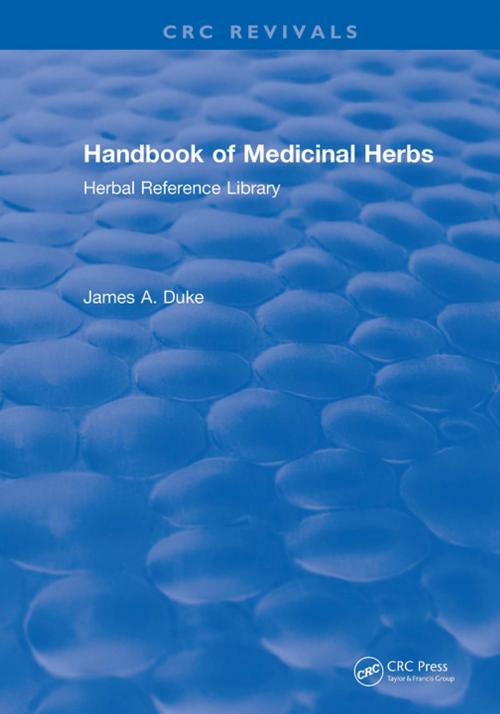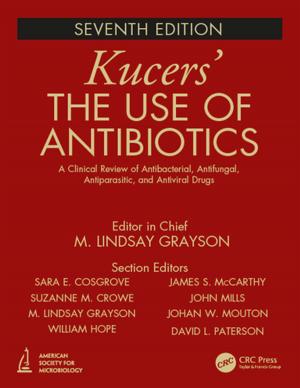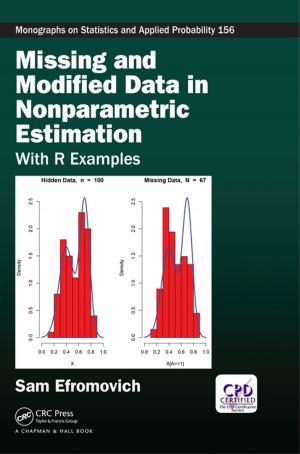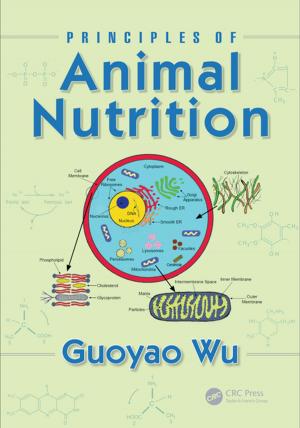Handbook of Medicinal Herbs
Herbal Reference Library
Nonfiction, Health & Well Being, Health, Alternative & Holistic Health, Herbal Medications, Science & Nature, Science, Biological Sciences| Author: | James A. Duke | ISBN: | 9781351089579 |
| Publisher: | CRC Press | Publication: | January 18, 2018 |
| Imprint: | CRC Press | Language: | English |
| Author: | James A. Duke |
| ISBN: | 9781351089579 |
| Publisher: | CRC Press |
| Publication: | January 18, 2018 |
| Imprint: | CRC Press |
| Language: | English |
A Practical, Authoritative Compendium
This handbook catalogs 365 species of herbs having medicinal or folk medicinal uses, presenting whatever useful information has been documented on their toxicity and utility in humans and animals. Plants from all over the world - from common cultivars to rare species - are included in these 700 pages. The toxicity of these species varies, but the safety of each has been formally or informally questioned by the Food and Drug Administration, National Cancer Institute, Department of Agriculture, Drug Enforcement Administra-tion, or Herb Trade Association.
Easy-to-Locate Facts and Figures
Designed to enable fast access to important information, this hand-book presents information in both catalog and tabular forms. In the catalog section, plants are presented alphabetically by scientific name. (The index permits you to locate an herb by its common name.) A detailed sketch of the chief identifying features accompa-nies most catalog entries. For each species the following information, as available, is presented and referenced:
Family and colloquial names
Chemical content
Uses and applications - present and historical
Processing, distribution, and economic potential
Toxicological agents and degree of toxicity
Poison symptoms in humans and animals
Treatment and antidotes
References to original literature
Five Tables of Accessible Data
Given a plant species, you can easily determine its toxins; or, given a toxin, you can discover which plants contain it. These and other data are presented in convenient tabular formats as appendixes to the handbook. Other information contained in these tables include toxicity ranking and other toxicity data (as applicable), such as mode of contact, organs affected, and lethal dose; and proximate analyses of selected foods. These tables are titled:
Medicinal Herbs: Toxicity Rank
A Practical, Authoritative Compendium
This handbook catalogs 365 species of herbs having medicinal or folk medicinal uses, presenting whatever useful information has been documented on their toxicity and utility in humans and animals. Plants from all over the world - from common cultivars to rare species - are included in these 700 pages. The toxicity of these species varies, but the safety of each has been formally or informally questioned by the Food and Drug Administration, National Cancer Institute, Department of Agriculture, Drug Enforcement Administra-tion, or Herb Trade Association.
Easy-to-Locate Facts and Figures
Designed to enable fast access to important information, this hand-book presents information in both catalog and tabular forms. In the catalog section, plants are presented alphabetically by scientific name. (The index permits you to locate an herb by its common name.) A detailed sketch of the chief identifying features accompa-nies most catalog entries. For each species the following information, as available, is presented and referenced:
Family and colloquial names
Chemical content
Uses and applications - present and historical
Processing, distribution, and economic potential
Toxicological agents and degree of toxicity
Poison symptoms in humans and animals
Treatment and antidotes
References to original literature
Five Tables of Accessible Data
Given a plant species, you can easily determine its toxins; or, given a toxin, you can discover which plants contain it. These and other data are presented in convenient tabular formats as appendixes to the handbook. Other information contained in these tables include toxicity ranking and other toxicity data (as applicable), such as mode of contact, organs affected, and lethal dose; and proximate analyses of selected foods. These tables are titled:
Medicinal Herbs: Toxicity Rank















